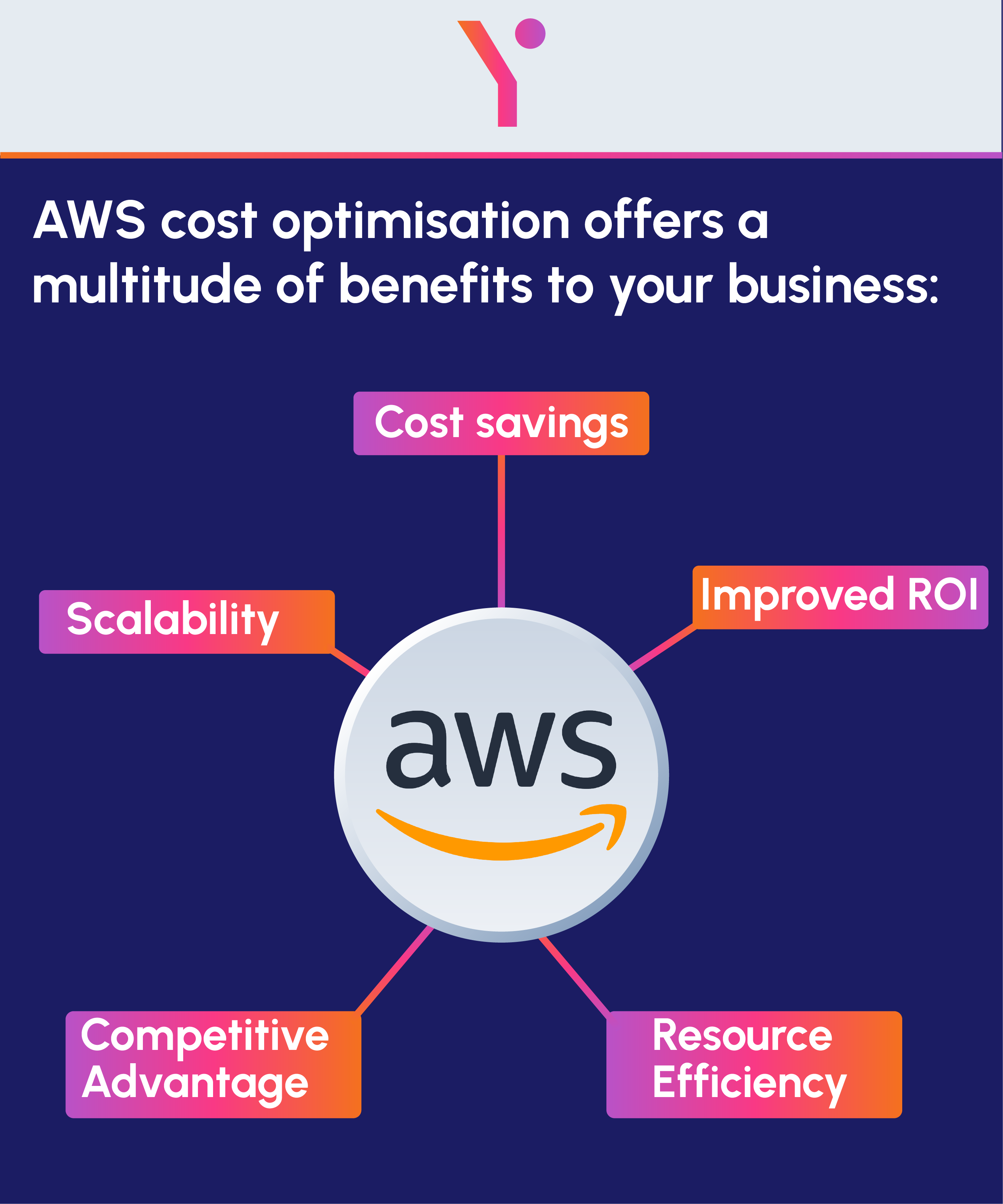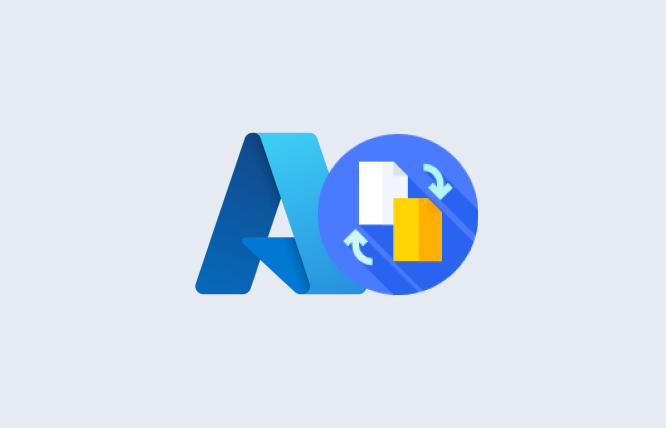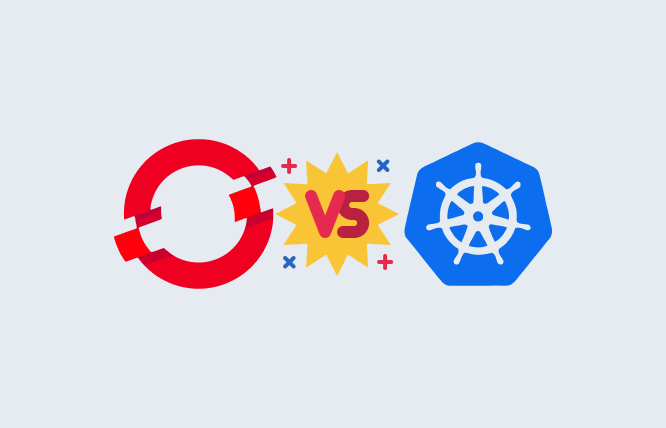Introduction
Today’s businesses are relying more and more on cloud infrastructure. This presents cost management challenges. This is where businesses can leverage Amazon Web Services (AWS) as a prominent cloud provider that presents scalable solutions. This article discusses a host of AWS cost optimization methods that are important to maximising cloud investments.
We see all around us that businesses of various sorts are looking to depend upon cloud infrastructure for their operations. This brings a host of challenges to them, such as the proper management of costs. In light of this, it is pertinent to note here that Amazon Web Services or AWS is considered a foremost cloud service provider. It presents a host of services which are supposed to empower businesses to scale efficiently.
It must also be noted that without implementing the right cost Optimization strategies in the right position, AWS costs may go out of control, and this will go on to affect the bottom line. Additionally, readers should note that this blog takes a look at a host of strategies for mastering AWS cost Optimization, thereby maximising the value of your cloud investment for your company. Businesses that are new to cloud application development services or AWS security best practices should consult an AWS professional services consultant on the matter.
Figuring Out the AWS Pricing Model & AWS Cost Optimization
Let’s develop a good degree of understanding of AWS’s pricing model before implementing cost Optimization strategies. Note that AWS applies a pay-as-you-go pricing model. This is where a host of customers can pay for the services that they use only. These customers are not liable for any sort of long-term commitments or upfront costs. There is little denying the fact that this sort of flexibility is truly advantageous, especially for today’s business management solutions. At the same time, it translates into the fact that costs can rapidly accumulate if resources are not being efficiently managed.
The pricing of AWS depends on a host of factors, such as data transfer, storage usage, computer power, and additional services used. Coming to terms with the service-related pricing structure that your business uses is important for proper cost management.
The Implementation of Cost Allocation Tags

It is seen that one of the most important AWS cost Optimization strategies is the implementation of cost allocation tags. Moreover, tags are supposed to be key-value pairs that can be assigned to AWS resources. As a result, you will be permitted to track and categorise costs depending on a host of attributes, such as application, environment, project, and department.
When there is the strategic tagging of resources, you attain visibility regarding how resources are utilised throughout a given company. This allows you to allocate costs accurately and identify areas where any sort of Optimization is required. AWS Cost and Usage Report and AWS Cost Explorer offer beneficial insights into cost allocation. This lets you make highly informed decisions regarding spending Optimization .
The Rightsizing of Resources
The rightsizing is considered to be a highly important feature of AWS cost Optimization . This takes into account the matching of resources that are provisioned to your authentic workload needs. This makes sure that you are not investing in more capacity than what is actually required.
Understand that AWS presents a host of instance sizes and types. This lets you select a cost-effective option, and this depends on your workload-related requirements. The utilisation of services such as AWS Compute Optimiser or AWS Trusted Advisor could assess your resource utilisation and propose the right instance types. Ultimately, this will aid you in your efforts to decrease costs and enhance performance.
The leveraging of auto-scaling could potentially dynamically adjust resources depending on demand. This will ensure optimal performance while minimising factors such as associated costs and idle capacity.
Using Savings Plans and Reserved Instances
Savings Plans and Reserved Instances (RIs) are cost-saving options that are presented by AWS for the purpose of committing to a particular usage volume throughout a time period. This could be somewhere between one and three years. If you purchase Savings Plans or RIs, you will be able to decrease your AWS costs significantly.
RIs offer discounts on the instances’ hourly rate, and this is in exchange for committing to a particular term, region and instance type. When we look at the Savings Plan, it presents flexibility by offering savings on usage throughout a given AWS service. This is regardless of operating system, region, or instance type. If you are able to strategically leverage savings plans and RIs depending on your usage patterns, you will enjoy prominent cost savings throughout a given time period.
Optimization of Storage Costs
It is a well-known fact that storage costs can escalate in a rather quick manner. This is true, especially in cases when data volume increases over a period of time. The Optimization of storage costs involves the evaluation of your storage usage patterns and the implementation of strategies to cost-effectively store data.
In the case of frequently accessed data, using Amazon’s S3 storage classes like the S3 Intelligent-Tiering or S3 Standard can assist in the Optimization of costs. This is done by shifting data to a highly cost-effective tier depending on access patterns. With regard to backups or infrequently accessed data, Amazon S3 Glacier Deep Archive or Amazon S3 Glacier presents affordable storage options alongside retrieval times. These may range from hours to even minutes and are meant for archival purposes.
The implementation of lifecycle policies to automatically transition or expire objects depending on properly predefined criteria could go on to further optimise storage costs. This happens by making sure that the data is being stored in one of the most cost-effective ways in its lifecycle.
Cost Governance and Monitoring
Consistent governance and monitoring are important components of effective cost Optimization . AWS offers a host of tools and services to track costs, monitor usage, and set budgets for the sake of preventing cost overruns.
It is important to state here that AWS Cost Explorer lets you analyse and visualise your AWS spending patterns, forecast upcoming costs depending on historical data, and identify cost trends. The proper set-up of budgets and billing alarms in AWS Budgets can alert a person when costs pass over a predefined threshold, thereby allowing proactive cost management. Furthermore, the establishment of cost governance policies and the implementation of resource provisioning mechanisms and access control, especially in today’senterprise technology solutionscould avert unauthorisedusage and assure a proper degree of compliance with any set of cost Optimization guidelines.
Highlighting AWS Security Best Practices
AWS security best practices are procedures, strategies, and guidelines created to improve the overall security posture of infrastructure, data, and applications. Some experts believe that there is no specific AWS security best practices checklist. Regardless of any proper AWS security best practices checklist, it is important for companies to highlight the below-stated AWS security best practices:
- Identity and Access Management
- Network Security
- Data Encryption
- Logging and Monitoring
- Incident Response and Forensics
- Security Compliance and Governance
- Backup and Disaster Recovery
- Continuous Improvement and Education
Feel free to consult any professional with regard to these AWS security best practices,
Key Takeaways
Many experts are of the view that it is important for today’s businesses to master AWS cost Optimization if they care to maximise their cloud investment value. This is why the proper understanding of AWS pricing models, utilising reserved instances and savings plans, rightsizing resources, implementation of cost allocation tags, optimising storage costs, and applying reliable monitoring and cost governance practices, any given company could properly control assets all the while leveraging the flexibility and scalability of AWS cloud services.
Timely refinement and Optimization of cost Optimization strategies are important as this will allow your business to grow and evolve. As you go on to adopt a beneficial and proactive approach to cost management, your company could potentially optimise its AWS spending, enhance efficiency, and attain desired financial outcomes.
Lastly, if you want information on the key matter discussed in this blog, then contact FuturByte today. They come as a reputed software solutions provider that will assist you in the discussed subject matter.
Frequently Asked Questions
It is important to highlight that Cost Optimization is important for today’s companies that use AWS, as this goes on to ensure that they attain some of the best value out of their existing cloud investment. If there is no appropriate cost management, AWS bills could quickly escalate. This will cause unnecessary expenses.
These are some prominent strategies in this regard:Utilising Savings Plans and Reserved Instances for cost savingsRightsizing resources to match a given set of workload requirements.The Optimization of storage costs by leveraging lifecycle policies and storage classes.
You can do so by:Using various storage classes that are presented by Amazon S3 depending on access patterns.Utilise Glacier Deep Archive or Amazon S3 Glacier for archival storage.Adjust storage tiers and monitor storage usage depending on the evolving requirements.
This is considered among AWS security best practices because it adds an extra layer of security by making users offer various verification forms. Experts well-versed in AWS security best practices have stated that by allowing MFA, AWS users enjoy a good degree of protection against unauthorised access. This is why many experts in AWS security best practices recommend MFA.
Have questions or feedback?
Get in touch with us and we‘l get back to you and help as soon as we can!





